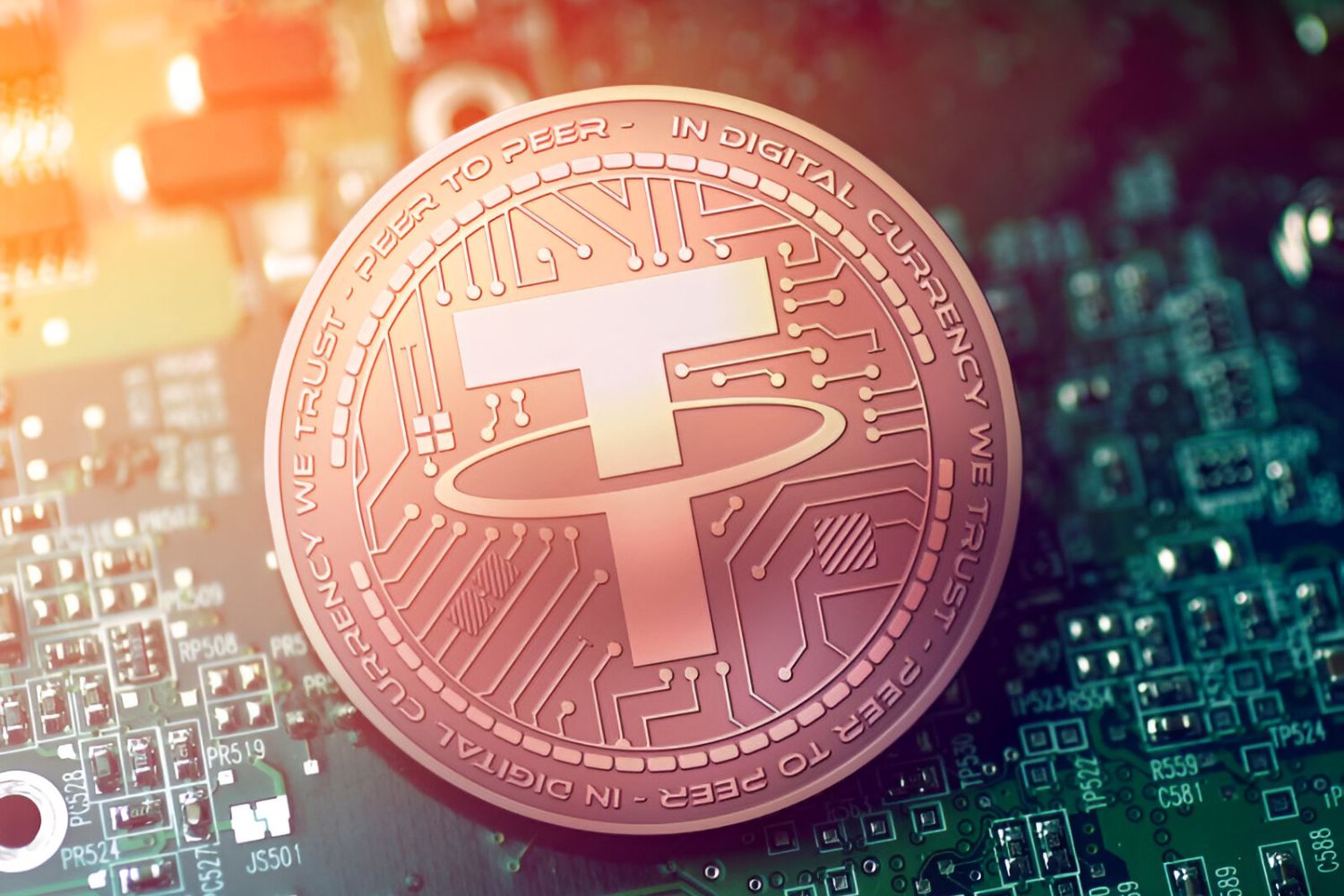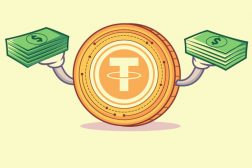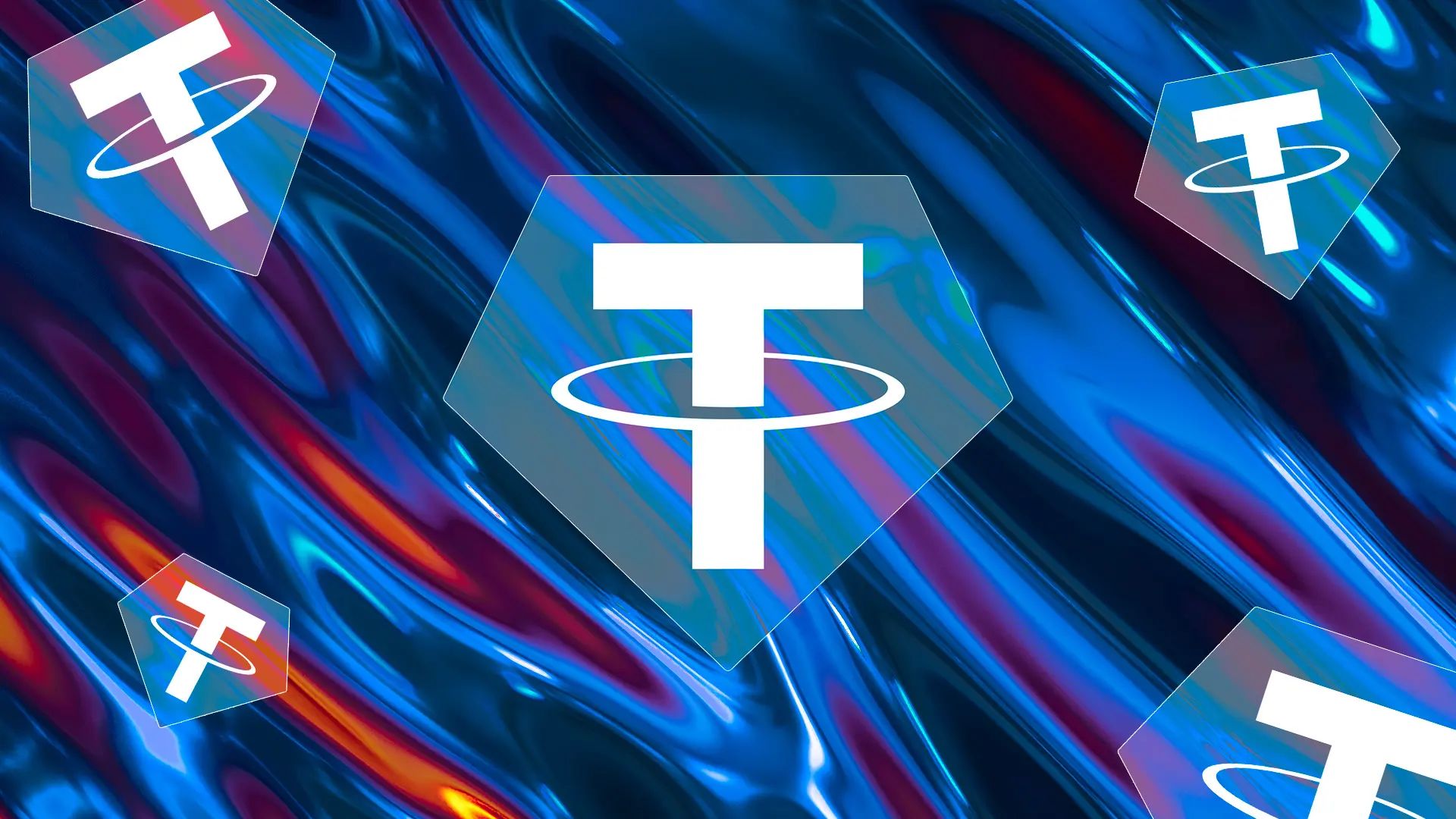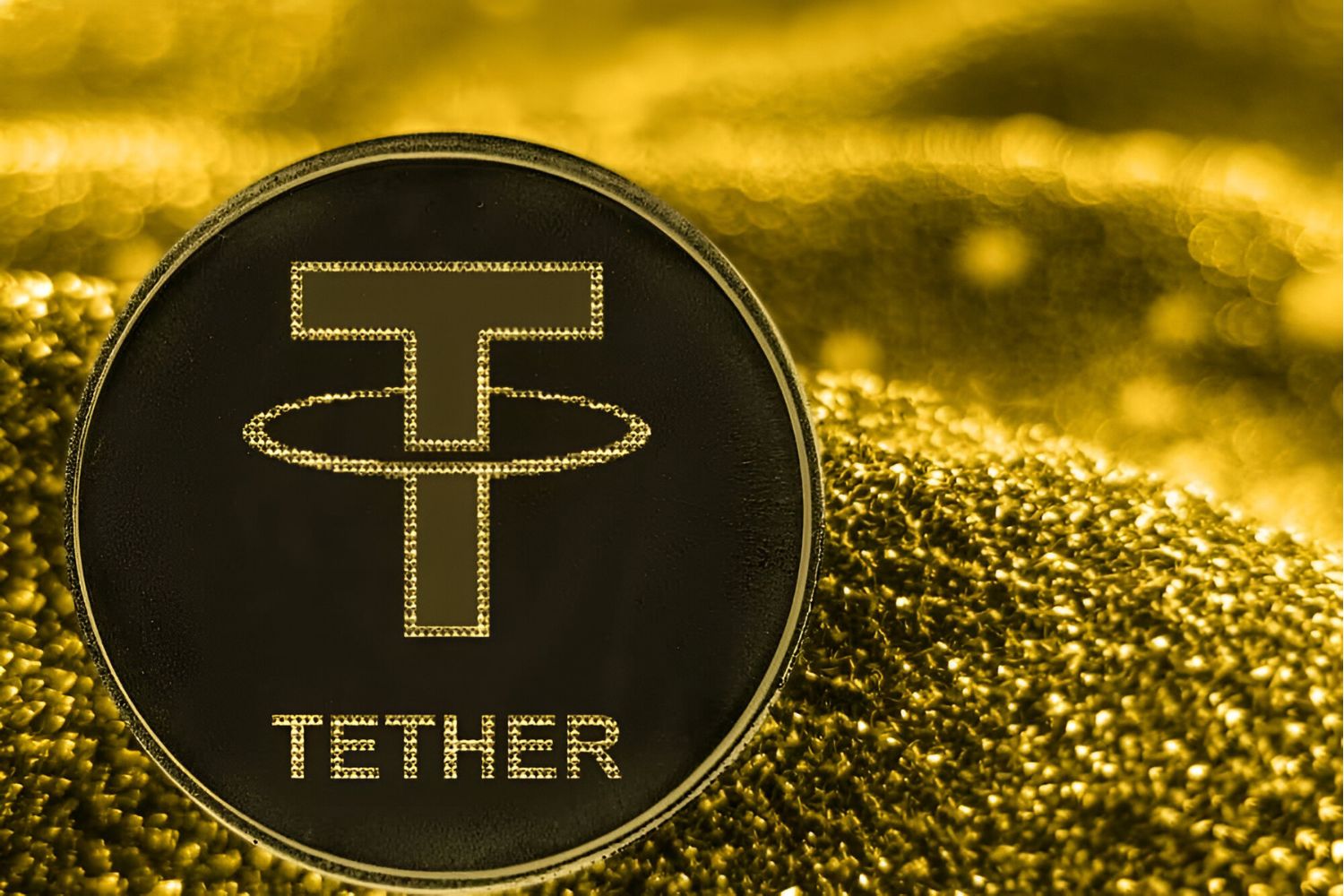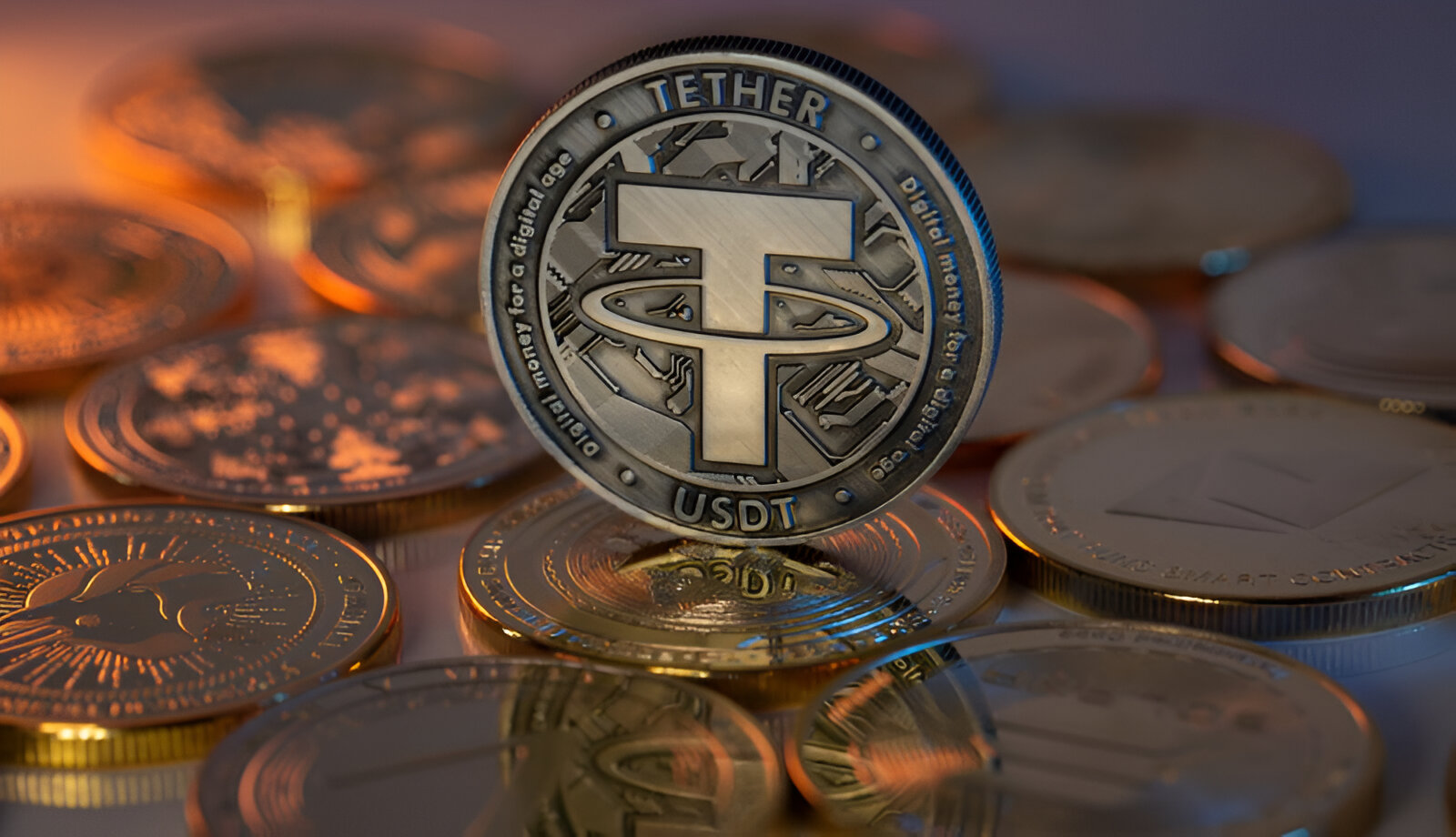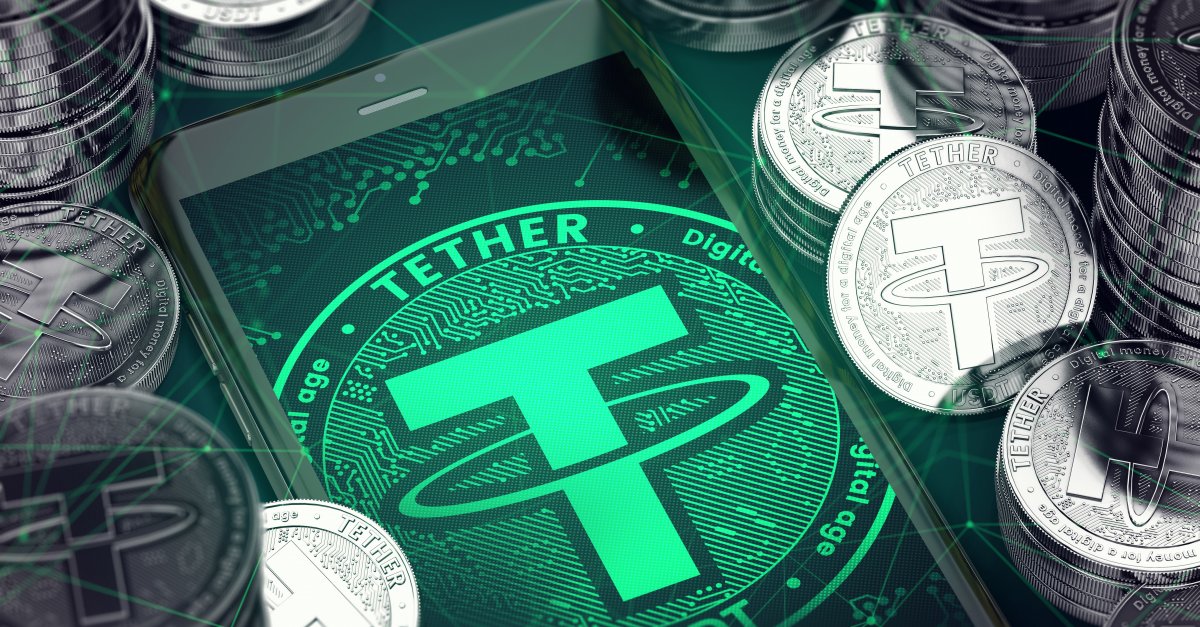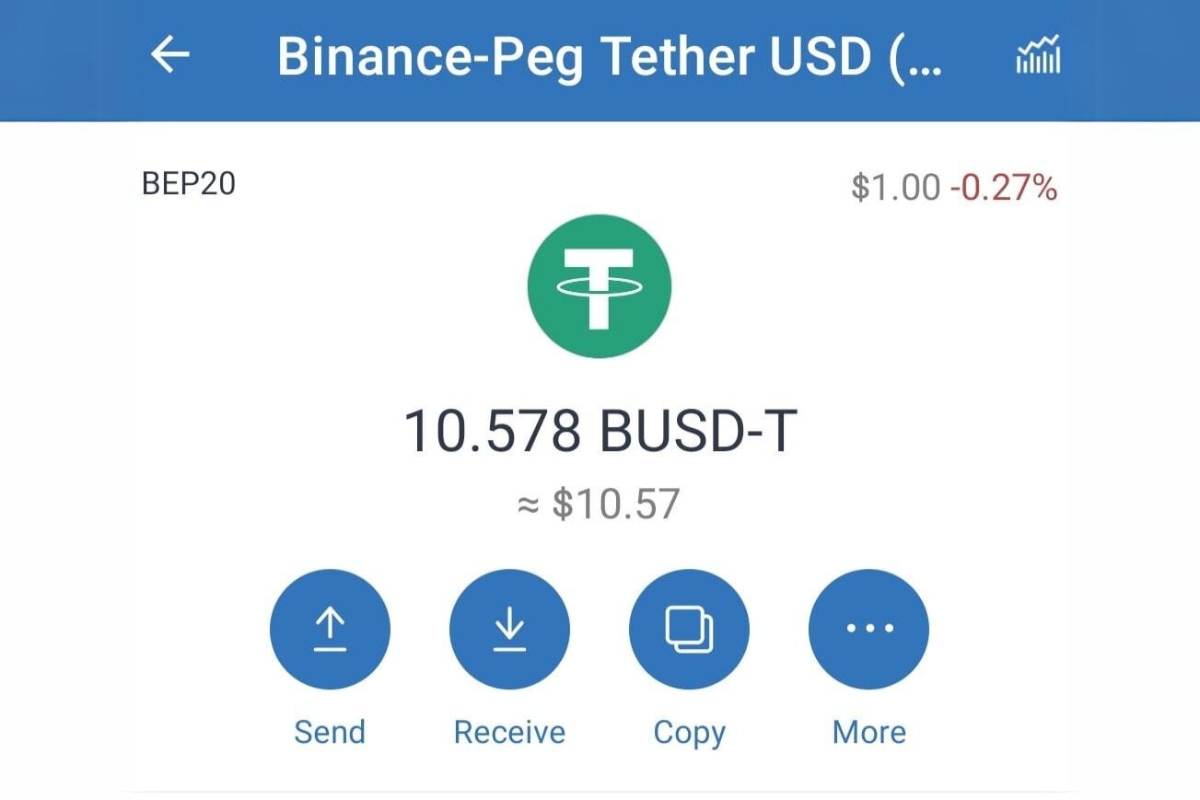Introduction
Tether, the popular cryptocurrency, has garnered much attention in recent years as a stablecoin with the unique ability to maintain a steady value. In the ever-changing and volatile crypto market, stability is a valued feature that provides users with a reliable means of hedging their investments.
Unlike other cryptocurrencies that experience wild price fluctuations, Tether is designed to be pegged to the value of a fiat currency, typically the US dollar. This pegging mechanism ensures that the value of Tether remains relatively stable and predictable.
But how exactly does Tether manage to keep its value? What factors influence its stability, and why does it hold such appeal for traders and investors?
This article delves into the intricacies of Tether’s value proposition, exploring its backing, stability mechanisms, market demand, and transparency measures. By understanding these key aspects, readers will gain insights into the factors that contribute to Tether’s status as a trusted and widely used stablecoin.
So, let’s dive into the world of Tether and unravel the secrets behind its value stability.
What is Tether?
Tether, first introduced in 2014, is a type of cryptocurrency known as a stablecoin. While other cryptocurrencies like Bitcoin and Ethereum experience highly volatile price fluctuations, Tether aims to provide a more stable and predictable digital currency alternative.
At its core, Tether is backed by a reserve of real-world assets, typically consisting of a combination of fiat currencies, such as the US dollar, the euro, or the yen, and cash equivalents. This backing ensures that each unit of Tether is tethered, or pegged, to the value of an underlying asset.
One of the primary purposes of Tether is to facilitate seamless digital transactions and serve as a bridge between traditional fiat currencies and the world of cryptocurrencies. It aims to provide users with a familiar and stable means of transacting within the digital realm.
By pegging its value to a stable asset like the US dollar, Tether aims to maintain a 1:1 ratio, meaning that each Tether token should be equivalent in value to one US dollar. This stability makes Tether an attractive option for both individuals and businesses seeking to mitigate the risks associated with cryptocurrency price volatility.
Tether operates on various blockchain platforms, including Bitcoin, Ethereum, and Tron, enabling users to trade and transact with Tether across different networks and applications.
Overall, Tether serves as a bridge between traditional fiat currencies and the world of cryptocurrencies, providing users with a stable and easily accessible digital currency option for their day-to-day transactions.
Tether’s Backing
A key aspect that sets Tether apart from other cryptocurrencies is its backing. Unlike decentralized cryptocurrencies like Bitcoin or Ethereum, Tether is designed to be backed by assets held in reserve. This backing serves as a guarantee for the value of each Tether token issued.
The primary component of Tether’s backing is fiat currency, commonly the US dollar. For every Tether token in circulation, Tether Limited, the company behind Tether, claims to hold an equivalent amount of fiat currency in its reserves. This ensures that Tether maintains a stable value, closely mirroring that of the fiat currency it is pegged to.
Tether regularly undergoes third-party audits to verify its reserves and provide investors with confidence in its backing. These audits are carried out by reputable firms, such as Moore Cayman, and provide transparency to ensure the integrity of Tether’s operations.
In addition to fiat currency, Tether’s reserves may also include other assets, such as cash equivalents or other cryptocurrencies. However, the majority of the backing is held in fiat currency to maintain stability and reduce the impact of volatility in the crypto market.
It’s important to note that there has been some controversy and skepticism surrounding Tether’s backing due to a lack of complete transparency and occasional regulatory scrutiny. However, Tether Limited has consistently asserted that it has sufficient reserves to back its issued Tether tokens.
Stable backing is crucial for maintaining the stability and trustworthiness of a stablecoin like Tether. The assurance that each Tether token holds an equivalent value in reserve assets is a key factor that attracts users looking for a safe and reliable digital currency.
Overall, the backing of Tether ensures its stability and strengthens the credibility and trustworthiness of this popular stablecoin.
Understanding Tether’s Value Stability
Tether is renowned for its ability to maintain a relatively stable value compared to other cryptocurrencies. This stability is primarily achieved through its unique pegging mechanism and the backing of real-world assets. Understanding the factors that contribute to Tether’s value stability can shed light on why it has gained widespread adoption and trust among users.
The primary mechanism that enables Tether to maintain a stable value is its peg to a specific fiat currency, typically the US dollar. By pegging each Tether token to the value of one US dollar, Tether aims to ensure that its value remains relatively constant. This mechanism helps protect users from the extreme price fluctuations often associated with other cryptocurrencies.
Another factor that contributes to Tether’s stability is the backing of its tokens. Tether claims to hold reserves equal to the number of Tether tokens in circulation. This backing provides the assurance that each Tether token is backed by an equivalent amount of real-world assets, adding to the overall stability of the cryptocurrency.
Tether’s value stability also relies on market dynamics and demand-supply mechanics. When demand for Tether increases, such as during periods of market volatility or uncertainty, the price of Tether may experience slight fluctuations. However, due to the pegging mechanism and the backing of assets, Tether’s value generally remains close to one US dollar.
Tether’s value stability can be further attributed to its role as a hedge against the volatility of other cryptocurrencies. Traders and investors often use Tether as a safe haven during times of market uncertainty. By converting their holdings into Tether, they can seek shelter from potential losses caused by sudden price swings in other cryptocurrencies.
Lastly, Tether’s value stability also depends on maintaining transparency and trust within the cryptocurrency community. Periodic audits and regulatory compliance measures undertaken by Tether Limited help establish and maintain confidence in the stability and reliability of the stablecoin.
Understanding the factors that contribute to Tether’s value stability reinforces its position as a trusted and widely-used stablecoin in the cryptocurrency ecosystem. By providing traders and investors with a reliable means of preserving value, Tether has become an essential component of the digital asset landscape.
Factors That Affect Tether’s Value
While Tether strives to maintain a stable value, certain factors can influence its price to fluctuate slightly. Understanding these factors is essential for users and investors who rely on Tether for its stability and predictability as a digital currency.
One factor that can impact Tether’s value is the overall market sentiment within the cryptocurrency space. If there is a widespread lack of confidence or uncertainty in the market, investors may flock to stablecoins like Tether as a safe haven, driving up the demand and thus increasing its value relative to other cryptocurrencies.
The level of trust and confidence in Tether’s backing and transparency measures is another crucial factor. Any concerns or doubts about the reserves backing Tether can influence its value. Regular third-party audits and maintaining transparent reserve data help bolster confidence and stability in Tether’s value.
Market demand and supply dynamics also affect Tether’s value. If the demand for Tether significantly outweighs the supply, it can cause the value to temporarily rise above the pegged price. Conversely, if the supply exceeds the demand, it may put downward pressure on the value of Tether.
Regulatory developments and legal challenges impacting Tether can significantly affect its value. Regulatory scrutiny or restrictions imposed on Tether’s operations can lead to a decrease in its value as it may restrict its accessibility or create uncertainties about its future viability.
External market factors, such as economic indicators and geopolitical events, can also influence the value of Tether. Movements in traditional financial markets, changes in interest rates, or geopolitical tensions can create ripples across the cryptocurrency market and impact the perceived stability and value of Tether.
It’s important to note that although the value of Tether may experience minor fluctuations, it generally tends to remain within a close range to its pegged value due to the nature of its stability mechanisms and the backing by real-world assets. This stability is a key reason why Tether has gained popularity among traders, businesses, and individuals seeking a more secure form of digital currency.
By considering these factors and closely monitoring market conditions, users and investors can make informed decisions about utilizing Tether or navigating the broader cryptocurrency landscape.
The Role of Fiat Currency in Tether’s Value
Fiat currency plays a crucial role in determining and maintaining the value of Tether. As a stablecoin, Tether is designed to be pegged to a specific fiat currency, typically the US dollar. This pegging mechanism ensures that the value of Tether remains stable and closely mirrors the value of the underlying fiat currency.
The backing of Tether by fiat currency serves as a fundamental pillar for its value stability. For every Tether token issued, Tether Limited claims to hold an equivalent amount of fiat currency in its reserves. This backing creates a sense of trust and confidence among users, as it provides a tangible and familiar value reference.
The pegging of Tether to fiat currency mitigates the inherent volatility often associated with decentralized cryptocurrencies. By using a stable fiat currency as its reference point, Tether offers a more reliable means of transacting and storing value in the digital asset ecosystem.
The role of fiat currency in Tether’s value extends beyond just stability. It also allows users to seamlessly transition between the traditional financial system and the world of cryptocurrencies. By pegging Tether to fiat currencies such as the US dollar or the euro, Tether serves as a bridge, enabling individuals and businesses to navigate the complexities of the crypto market without fully disconnecting from established financial systems.
Moreover, the use of fiat currency as the underlying asset brings a level of familiarity and acceptance to Tether, making it more accessible to a wider range of users. People are accustomed to using fiat currency in their day-to-day transactions, and the ability to transact in Tether with a value equivalent to that of fiat currency simplifies the adoption of cryptocurrencies for many.
It’s worth noting that the stability of Tether’s value relies on the stability of the fiat currency it is pegged to. If the underlying fiat currency experiences significant fluctuations or loses value, it may impact the stability of Tether. However, Tether’s reserves are managed to counteract such fluctuations and maintain stability.
In summary, fiat currency plays a critical role in the value of Tether, providing stability, familiarity, and interoperability within the broader financial ecosystem. The pegging mechanism to fiat currency enables Tether to serve as a reliable and widely accepted digital currency alternative, attracting users who seek stability in their digital transactions and investments.
Tether’s Stablecoin Mechanism
Tether is classified as a stablecoin, a type of cryptocurrency designed to maintain a stable value. Unlike other cryptocurrencies that experience significant price volatility, Tether employs a mechanism that aims to keep its value as close to that of the underlying fiat currency as possible.
The stability of Tether is achieved through a combination of mechanisms that work together to ensure the pegged value remains consistent. The primary mechanism is Tether’s 1:1 peg to a specific fiat currency, typically the US dollar. Each Tether token is intended to represent, and be equivalent in value to, one unit of the chosen fiat currency.
Tether Limited, the company behind Tether, claims to hold reserves of fiat currency equal to the number of Tether tokens in circulation. This backing serves as a fundamental support for Tether’s stability. The company regularly undergoes third-party audits to verify the reserves and provide transparency to users and investors, reinforcing confidence in the stablecoin’s value.
The stablecoin mechanism also involves the issuance and redemption of Tether tokens. When users deposit fiat currency into Tether, Tether Limited mints an equivalent amount of Tether tokens, and when users redeem their Tether tokens, the corresponding fiat currency is returned to them. This mechanism helps maintain the equivalence between Tether and the underlying fiat currency, ensuring stability.
Tether operates on various blockchain platforms, such as Bitcoin, Ethereum, and Tron, utilizing their infrastructure to facilitate the issuance, transfer, and redemption of Tether tokens. This interoperability allows users to transact and trade Tether across different chains, providing flexibility and accessibility.
It’s important to note that although Tether strives to maintain stability, the value can experience minor fluctuations due to market dynamics and demand. However, these fluctuations are generally limited and tend to remain close to the pegged value. Tether’s stability mechanisms and backing of real-world assets help minimize the impact of market volatility.
Tether’s stablecoin mechanism has gained significant popularity within the crypto community due to its ability to provide a stable and reliable alternative to volatile cryptocurrencies. It allows users to leverage the benefits of blockchain technology while minimizing the risks associated with price fluctuations.
Overall, Tether’s stablecoin mechanism, with its pegging to a specific fiat currency, reserve backing, and issuance/redemption processes, serves as the foundation for maintaining the stability and value of Tether, making it a preferred choice for users seeking a reliable digital currency.
Tether’s Market Demand and Value
Tether has emerged as one of the most widely used and recognized stablecoins in the cryptocurrency market. Its popularity can be attributed to several factors, including its value stability and the market demand it has garnered within the crypto ecosystem.
Tether’s stable value, tied to a fiat currency like the US dollar, has attracted users seeking a reliable medium of exchange and store of value within the highly volatile world of cryptocurrencies. This stability makes Tether an attractive option for individuals and businesses looking to hedge their crypto holdings during times of market uncertainty.
The demand for Tether is driven by various market participants, including traders, investors, and businesses. Traders often utilize Tether as a trading pair on crypto exchanges, providing an easy and stable means to trade between different cryptocurrencies without having to convert back into fiat currency. This use case has made Tether an integral part of the cryptocurrency trading ecosystem.
Furthermore, Tether’s stability and its peg to fiat currency make it an appealing tool for businesses engaged in transactions within the digital asset space. It provides a familiar and predictable currency alternative, enabling businesses to streamline their financial operations and minimize the risk associated with price volatility.
Tether’s role as a widely recognized stablecoin has contributed to its adoption and acceptance by numerous cryptocurrency exchanges and platforms. Its availability on prominent exchanges and extensive trading pairs have increased the liquidity of Tether, further driving market demand.
The market demand for Tether is reflected in its market capitalization, which has consistently ranked among the highest in the cryptocurrency market. The valuation of Tether is influenced by various factors, including the amount of Tether in circulation, the stability of the underlying fiat currency, overall market sentiment, and the confidence users have in Tether’s backing and transparency measures.
It’s important to note that the value of Tether may deviate slightly from its pegged value due to factors such as market forces and supply-demand dynamics. However, the overall stability and the mechanisms in place ensure that the price fluctuations are limited and generally contained within a close range to the pegged value.
In summary, Tether’s market demand is driven by its stability, reliability, and widespread acceptance within the cryptocurrency ecosystem. Traders, investors, and businesses value the stability that Tether offers, making it a preferred choice for transactions and hedging strategies in the crypto market.
Tether’s Transparency Measures
Tether has implemented various transparency measures to provide users and investors with confidence in the stability and credibility of the stablecoin. These measures aim to promote openness, accountability, and trust within the crypto community.
One of the key transparency measures undertaken by Tether is regular third-party audits of its reserves. By engaging reputable auditing firms like Moore Cayman, Tether provides independent verification of its holdings and ensures that the amount of fiat currency in its reserves matches the number of Tether tokens in circulation. These audits help validate the backing of Tether and provide assurance to users that the stablecoin is adequately supported by real-world assets.
In addition to audits, Tether has taken steps to enhance transparency by being more forthcoming with information about its operations and reserves. Tether Limited publishes a transparency report that provides a breakdown of its reserve composition, including the different types of assets held. This report provides users with insight into the diversification of Tether’s reserves and helps address concerns regarding the backing of the stablecoin.
Tether also maintains open communication with the public and the crypto community. Regular updates and announcements are made by Tether Limited to keep users informed about any developments, regulatory compliance measures, or changes in its operations. This transparent approach helps build trust and fosters a sense of community engagement.
Furthermore, Tether has made efforts to comply with regulatory requirements in various jurisdictions. This includes obtaining licenses and adhering to legal frameworks where applicable. By embracing regulatory compliance, Tether aims to create a more secure and trustworthy environment for its users and foster broader acceptance of stablecoins within the global financial system.
While Tether’s transparency measures have been widely recognized, there have been calls for further transparency and audits to ensure complete and ongoing verification of its reserves. To address these concerns, Tether has committed to providing additional transparency and plans to undergo more frequent audits to strengthen trust in its operations and backing.
Overall, Tether’s transparency measures, including third-party audits, transparency reports, and regulatory compliance initiatives, demonstrate the company’s commitment to maintaining openness and promoting user confidence. By providing visibility into its reserves and operations, Tether strives to instill trust in its stablecoin and contribute to the overall transparency of the cryptocurrency market.
Conclusion
Tether has established itself as a prominent stablecoin within the cryptocurrency ecosystem, offering users a reliable and stable digital currency alternative. Through its pegging mechanism and the backing of real-world assets, Tether maintains value stability, making it an attractive option for both traders and businesses.
Understanding the key aspects of Tether, such as its backing, stablecoin mechanisms, and transparency measures, provides valuable insights into the factors that contribute to its value stability. The role of fiat currency as the underlying asset is essential for maintaining stability and facilitating seamless transactions between traditional financial systems and the world of cryptocurrencies.
Tether’s market demand and value are driven by its stability, reliability, and widespread acceptance. Traders appreciate Tether as a stable trading pair, while businesses benefit from its predictability and familiarity in financial operations. The market demand for Tether is reflected in its high market capitalization and extensive liquidity.
Tether has also undertaken transparency measures to enhance user confidence and trust. Regular third-party audits, transparency reports, and compliance initiatives contribute to the overall transparency and accountability of Tether’s operations, addressing concerns and fostering a sense of community engagement.
While Tether has successfully positioned itself as a leading stablecoin, it is important to remain vigilant about ongoing transparency and regulatory compliance. Continued audits, increased clarity about reserves, and adherence to regulatory requirements are crucial for maintaining trust and fortifying Tether’s role in the cryptocurrency landscape.
In conclusion, Tether’s value stability, backed by fiat currency reserves and transparency measures, has positioned it as a trusted and widely used stablecoin. Its ability to provide stability in an otherwise volatile market has made Tether an integral part of the crypto ecosystem, and its ongoing commitment to transparency lays the foundation for continued growth and acceptance in the financial industry.







